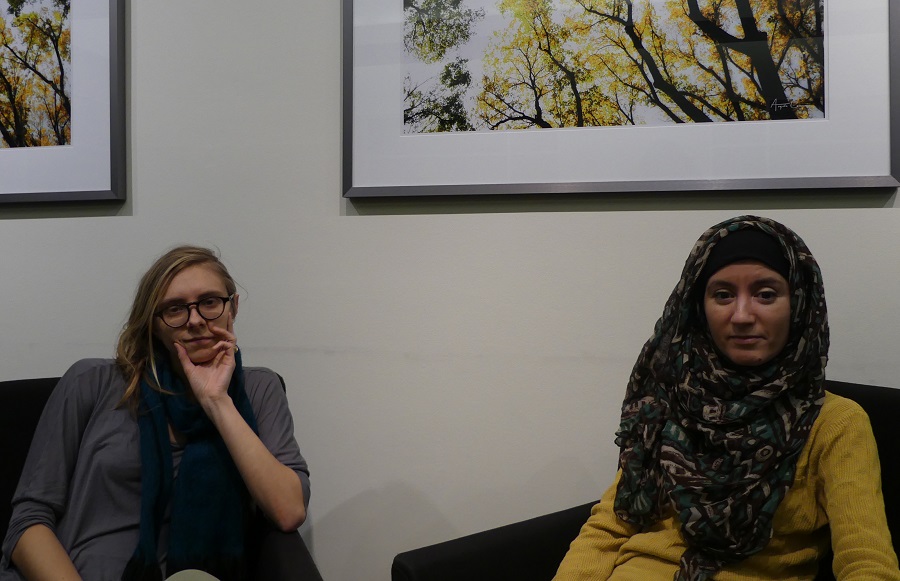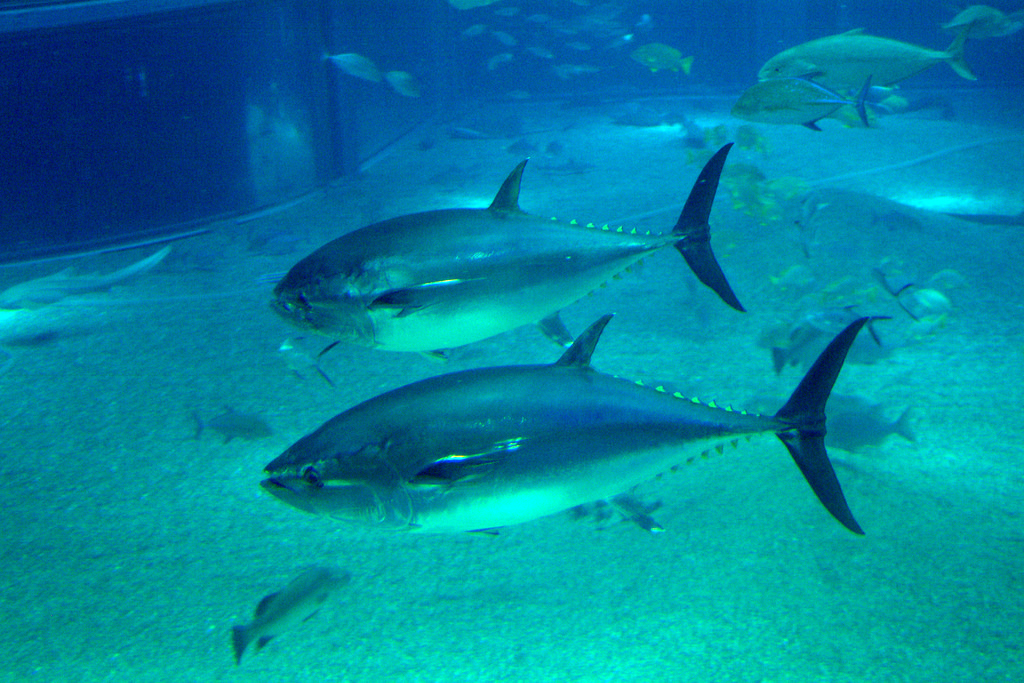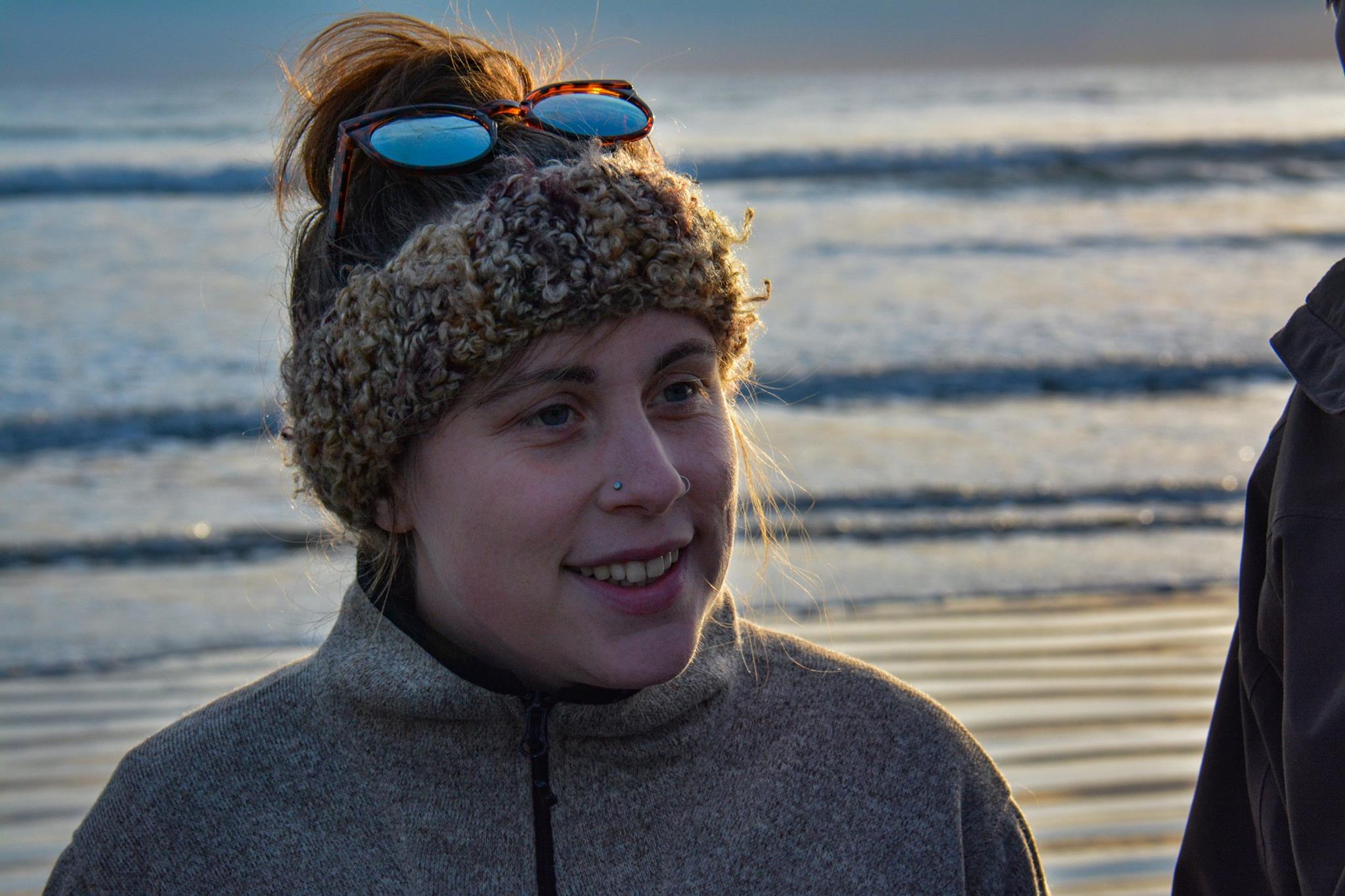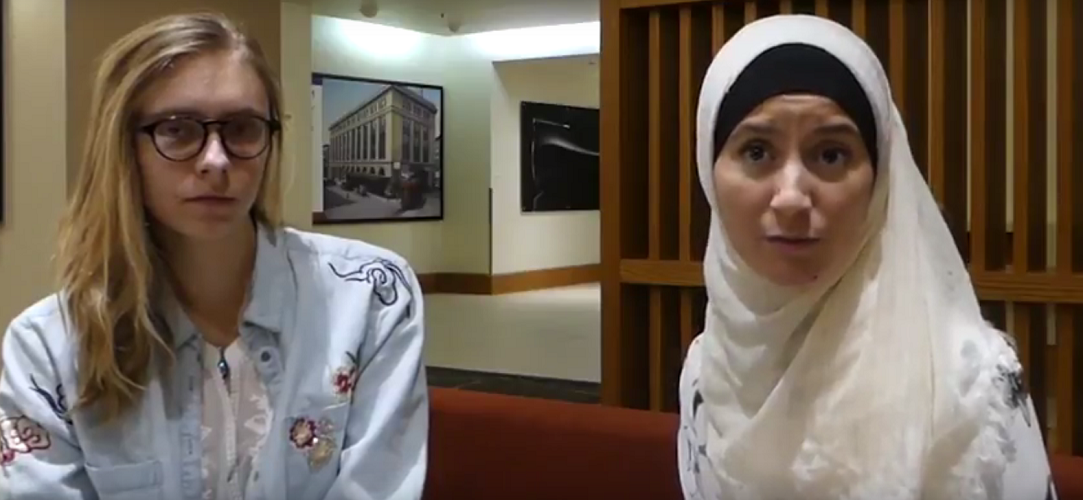
Sarah Popov and Dyhia Belhabib. Photo by Valentina Ruiz Leotaud
As we mentioned in a previous blog post, Dyhia Belhabib, Program Manager-Fisheries for Ecotrust Canada and a West Africa advisor to the Sea Around Us, and Sarah Popov, a research assistant at the Sea Around Us, were invited to Senegal by the MAVA Foundation with the aim of meeting a range of fisheries stakeholders and addressing the main challenges the subregion’s fishing sector is facing.
The pair left Vancouver on February 19, 2017 with their hopes high and a scheduled packed with workshops and community engagement activities.
However, it took them almost twice the estimated time to arrive in Senegal for their week-long stay.




